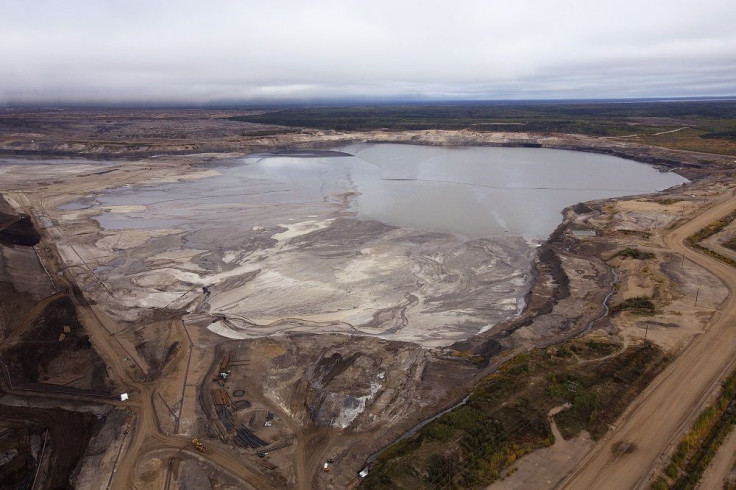How The Threat Of Tailings Spillage Can Affect Mining Communities

Disposal of mining wastes has always posed a problem for miners all over the world. Just recently, Norway's Nordic Mining received flak from environmentalists after its plans of dumping waste materials into the Førde Fjord has been approved by the Norwegian government. Meanwhile, in Chile, tailings ponds and dams threaten to spill over after heavy rains fell in the Atacama Desert region, which caused extensive flooding and left more than two dozen people dead.
Tailings are byproducts left over from mining and extracting resources that often contain water, chemicals and heavy metals like cyanide, zinc, arsenic and mercury. Mining companies usually deposit these toxic substances in open-air ponds or impoundments, but once they build up, they can cause serious health problems not just to miners but to nearby mining communities as well.
According to Henry Jurgens, founder of non-government organisneation Relaves, pollution with heavy metals was already a reality in Copiapo, Atacama region's capital, long before the thunderstorm and flood happened. However, the catastrophe "made this reality visible and more severe."
Official figures state that there are 449 tailings ponds in Chile, although Relaves claims that dozens of others have not been "georeferenced." Furthermore, Relaves has detected tailings dam spilling right after the flood when it took water and mud samples in different parts of the Atacama region. Still, the National Geology and Mining Service (Sernageomin) denied this and stated that these ponds are in stable condition.
"There is no real register of abandoned tailings ponds in the country," said Raimundo Gomez, another member of Relaves. "Sernageomin estimates that there are 90 of these toxic deposits in the Atacama region. That is really a lot." After all, the Atacama region is home to a number of titanium and copper mines, with the latter being the country's main source of wealth. In 2014 alone, Chile produced 5.7 billion tonnes of copper—31.2 percent of the world's total.
But one of the biggest problems, according to Gomez, is the general lack of information about the issue, especially within mining communities. He said, "Communities do not know that they are living next to tailings ponds, and people are unaware of the danger that they pose to health and that they pollute the water."
But not all mining companies ignore the mining communities. For instance, White Mountain Titanium Corporation (OTCQB: WMTM), which operates the Cerro Blanco flagship project, is currently undergoing baseline environmental monitoring since 2006 to make sure that its practices would be environmentally responsible. The company has submitted its third addenda for its Environmental Impact Statement application in February 2015, as community involvement and consultation are ongoing. Once production commences, the Cerro Blanco project has the potential to become one of the world's largest rutile deposits.
In spite of this, Jurgens and Gomez are calling for a law on tailings that would indicate how many impoundments exist in the country, how many have been abandoned, and what chemicals they contain. "A strict law is needed, on one hand, and informed citizens on the other. We have neither of those," Gomez said.
To contact the writer, email: vittoriohernandez@yahoo.com





















